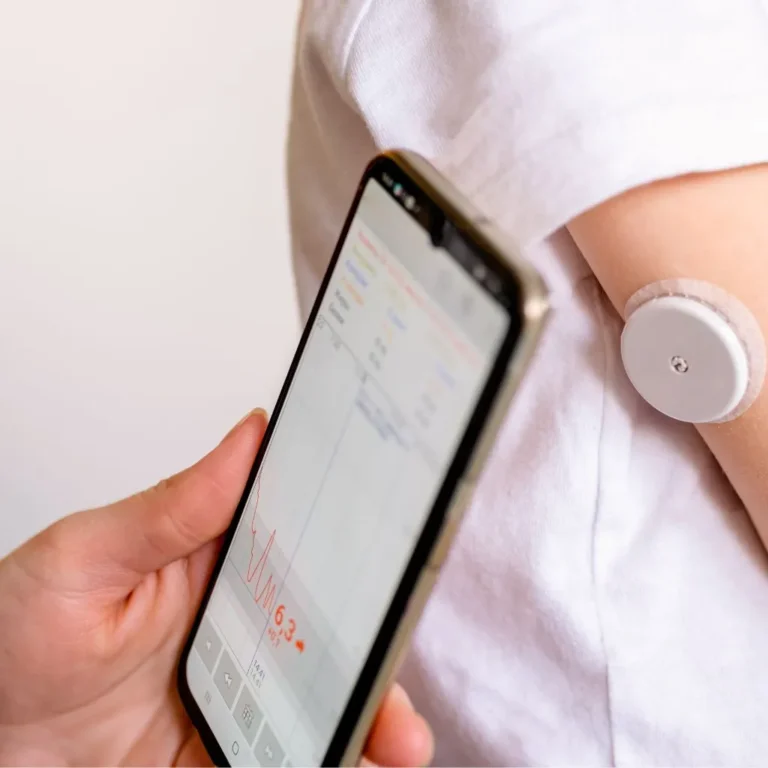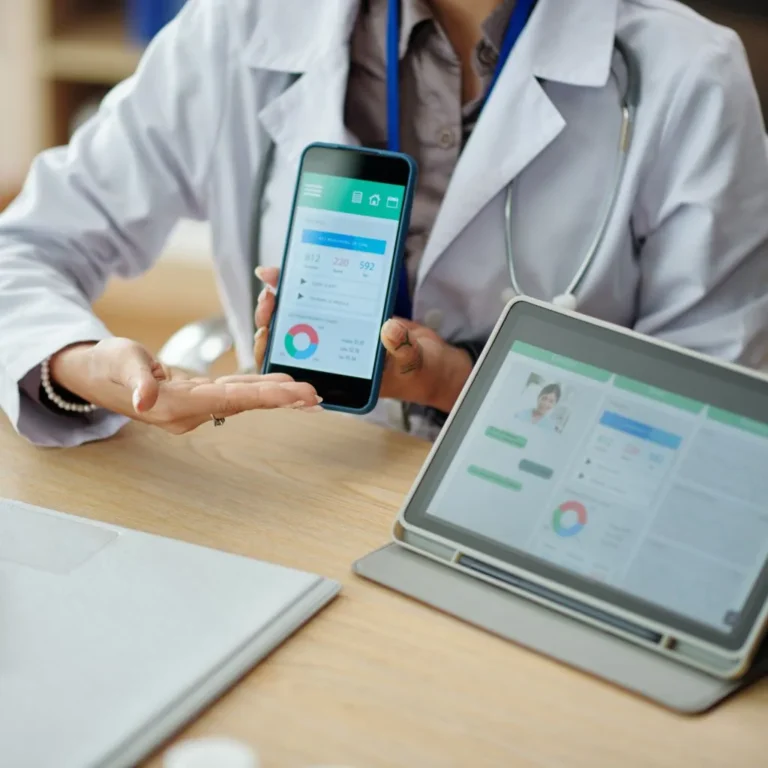Coordination with Healthcare Providers
Dynamic coordination and collaboration among the healthcare team are vital for a medical practice. As part of your team, our remote patient monitoring assistants work hand in hand with your doctors, nurses, and specialists. Care VMA Health remote monitoring experts coordinate follow-up appointments track lab results, and vitals without delay, supporting patients at every step along the way. This collaboration resolves issues quickly and gives patients personalized attention to manage their complete health.






